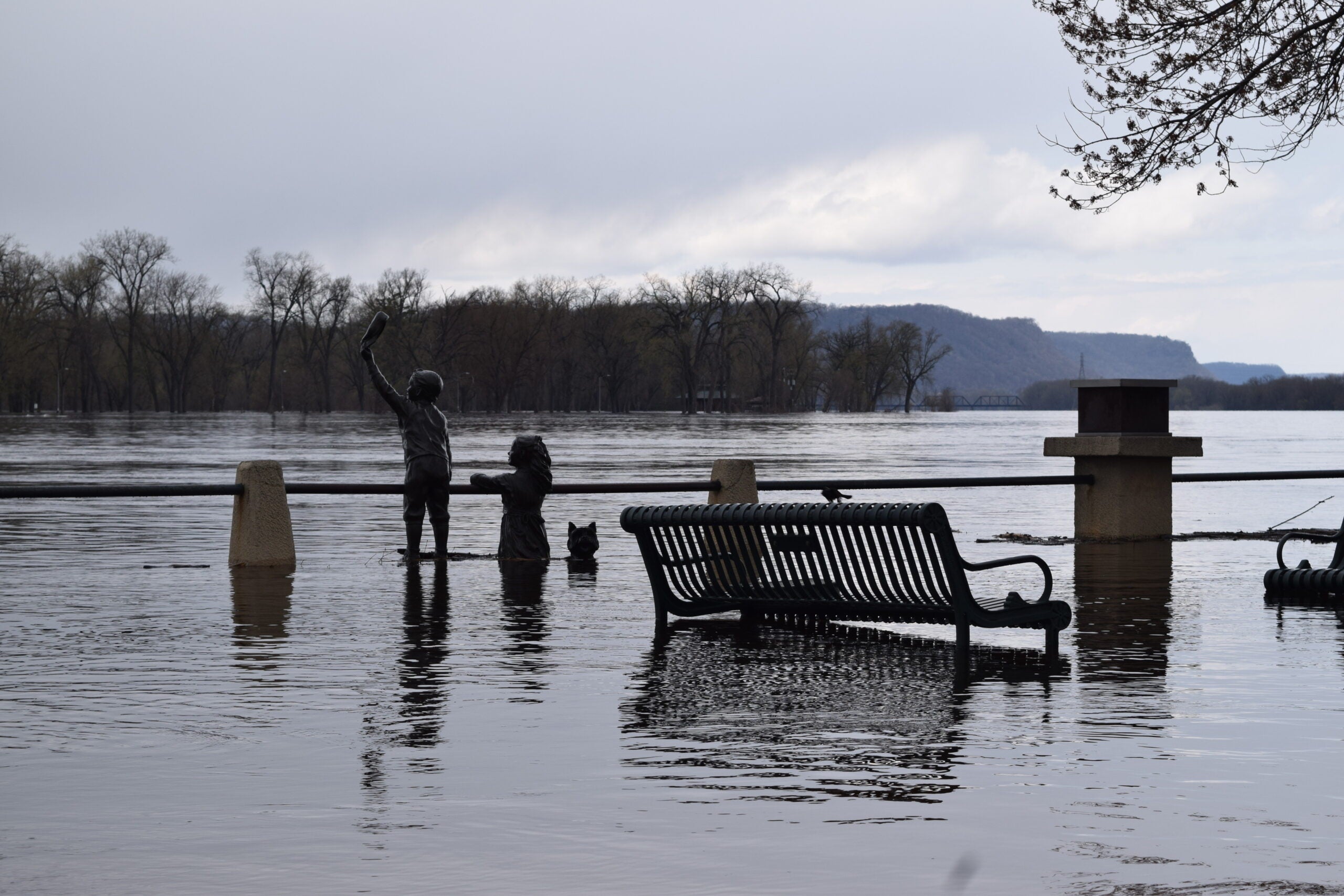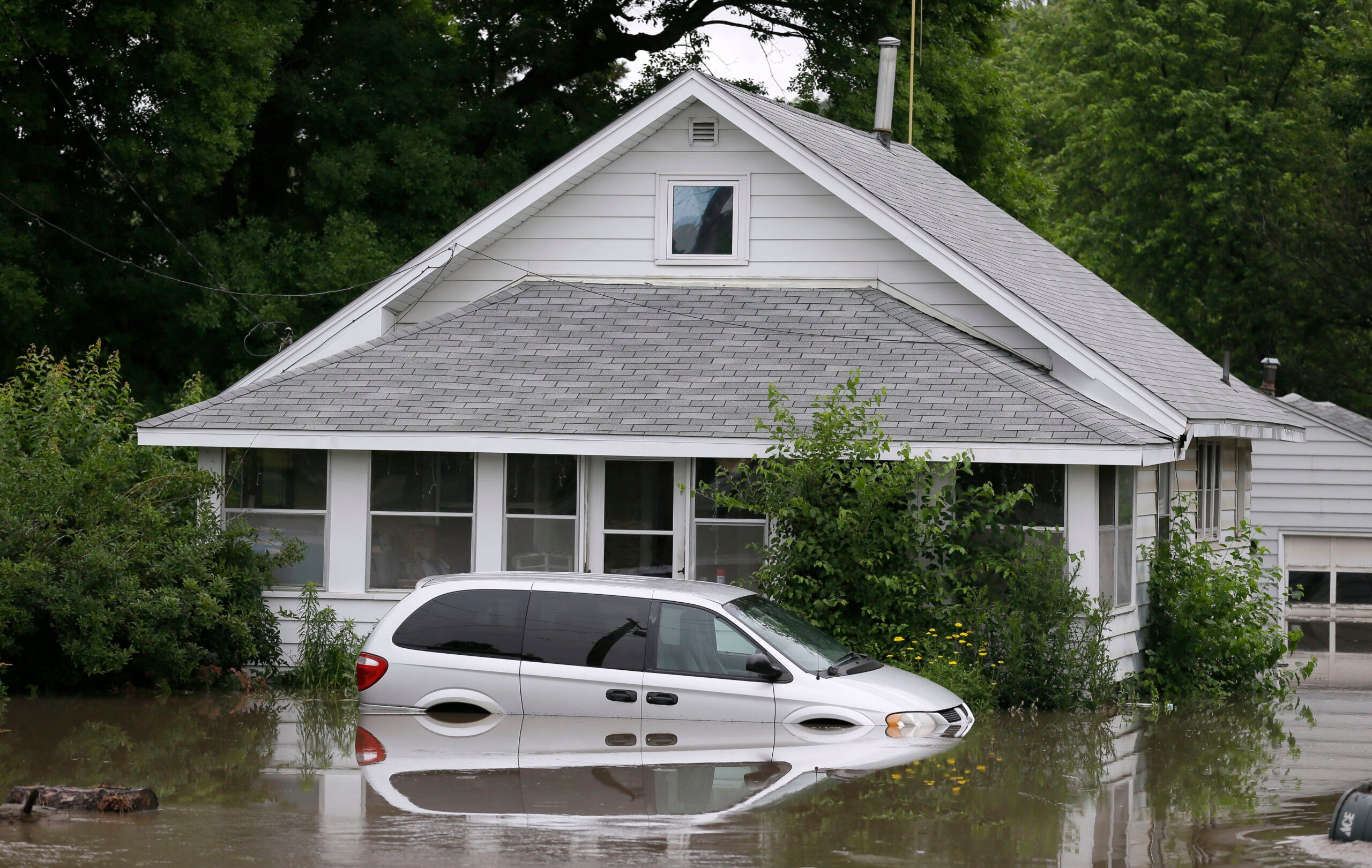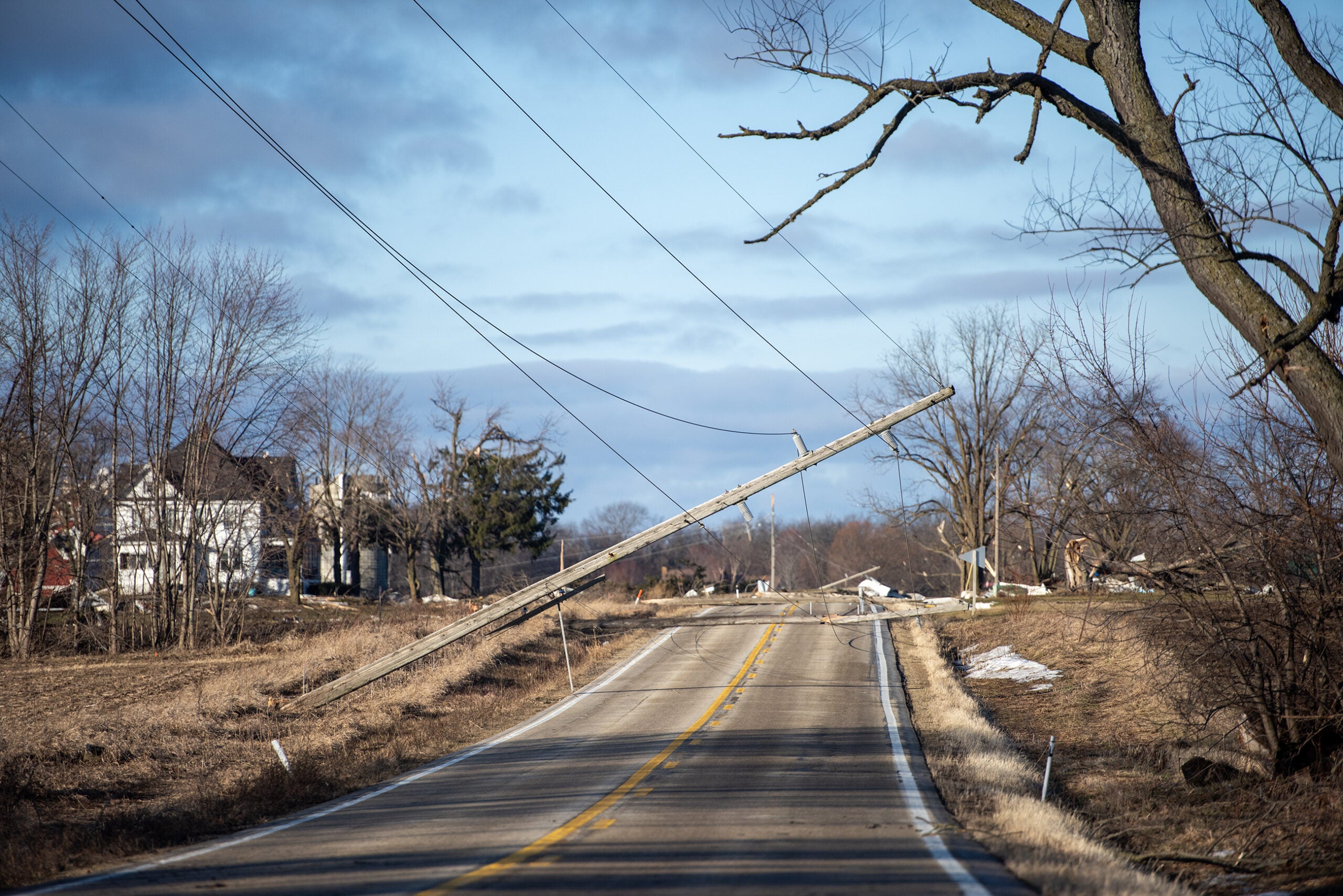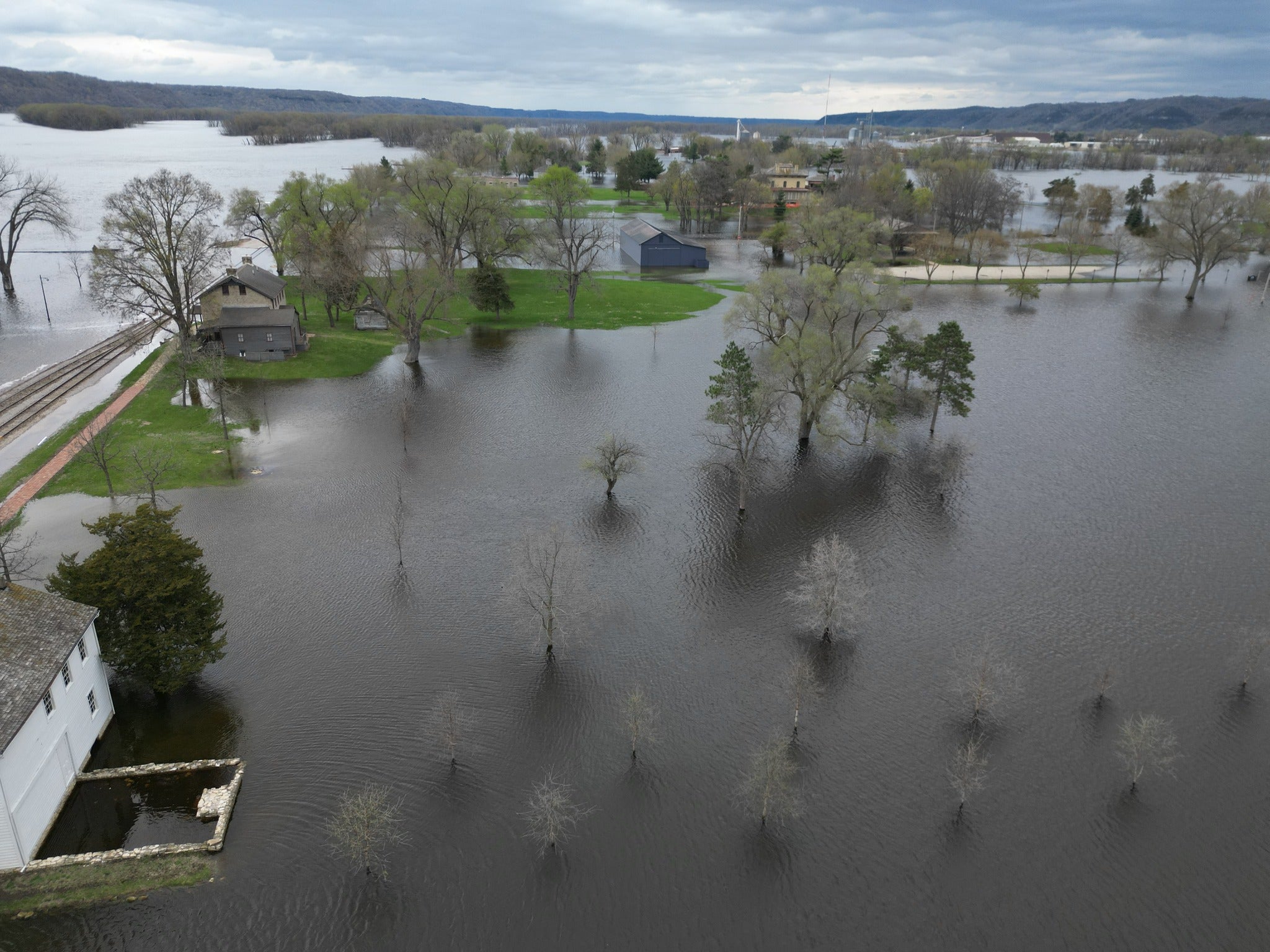After weeks crunching the numbers, county officials in northern Wisconsin are hoping the Federal Emergency Management Agency will validate their estimates of roughly $11 million in damages caused by last month’s flooding. Emergency managers from Douglas, Bayfield, Burnett, Ashland and Iron counties brought binders stacked with papers documenting flood damage to a briefing with FEMA officials Monday.
Three FEMA teams will tour damage in areas hardest hit by the flooding this week, including Douglas and Bayfield counties. Douglas County was the hardest hit with roughly $5.2 million in road damage while Bayfield County has sustained at least $2 million in damage to public infrastructure.
“We don’t have to see every washed out culvert and damaged road if we have very detailed records of what kind of damages have occurred there,” said FEMA spokesman Troy Christensen.
Stay informed on the latest news
Sign up for WPR’s email newsletter.
Wisconsin Emergency Management briefed county officials Monday about the federal process for conducting preliminary damage assessments, which will take place over the next three days in northern Wisconsin.
“Only those damages that occurred during the incident period or caused by the event are eligible for this (preliminary damage assessment),” said Eric Learn, Wisconsin Emergency Management’s state public assistance officer.
Damages that took place between Saturday, June 16, and Tuesday, June 19, will be included in the federal agency’s assessments. Iron County Emergency Management Director Stacy Ofstad voiced concern over the time period, noting more than five inches of rain had impacted roads on Friday of that weekend. However, he noted the county saw a fraction of the damage this year compared to 2016.
“A lot of the culverts that were done from the two years ago floods held up pretty good, but a lot of the road base was eroded away with water,” said Ofstad. “Then, we did end up with — on Sunday night’s storm — we ended up with quite a bit of debris in the harbor again.”
Saxon Harbor in Iron County sustained roughly $10 million in damages to its marina and campground in July 2016. Ofstad was relieved the harbor didn’t see as much damage this year, but the county faces another $250,000 worth of damage there.
“It’s just adding that on top of what had to be done already,” said Ofstad.
He said federal assistance is crucial for local governments like the Town of Anderson that is facing around $125,000 in damages, which its 55 residents likely wouldn’t be able to afford.
Federal Emergency Management Agency and Wisconsin Emergency Management officials go over documentation of damage estimates with officials from Bayfield County on Monday, July 16, 2018. Danielle Kaeding/WPR
Burnett County experienced around $73,000 in damages to one township damaged when the Radigan Flowage Dam broke in Douglas County, flooding the Tamarack River. The damage could have been far worse, said Jim Tolbert, the county’s emergency management director.
“All the work that was done based on the 2016 flood, even though we had flooding again in the same location, what was done as mitigation there held,” said Tolbert. “That’ll mean that the damages that need to be taken care of this year are much, much smaller.”
Tolbert said boulders and rip-rap installed along a bridge there a couple years ago likely kept it from failing.
The state and counties received an extension Monday to request a federal disaster declaration, according to Wisconsin Emergency Management. Prior to the extension, the state and counties had 30 days to file a federal disaster declaration, said Brian Satula, administrator of Wisconsin Emergency Management.
FEMA’s Christensen said the counties’ damage estimates will be collected and verified. The information will then be delivered to the state by the end of the week so Gov. Scott Walker may determine whether to request a federal disaster declaration.
Wisconsin Public Radio, © Copyright 2024, Board of Regents of the University of Wisconsin System and Wisconsin Educational Communications Board.






